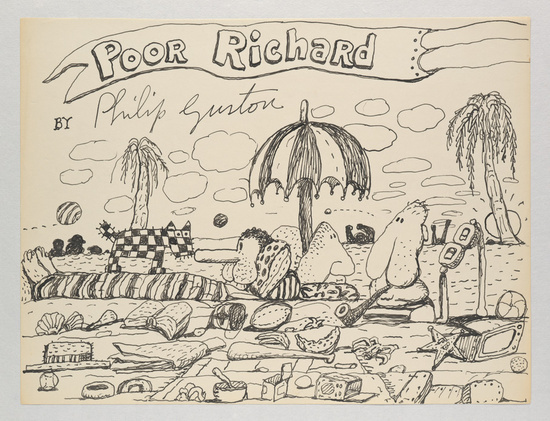
Philip Guston versus Richard Nixon
On the 44th anniversary of the Watergate hearings a new show looks back at the artist's take on Tricky Dicky
The North American artist Philip Guston began his career in the 1930s, as a social realist, painting murals in the style of Diego Rivera, before he turned away from figurative art in the 1950s, upon moving to New York and befriending many abstract expressionists. So far, so unremarkable. Many famous Ab Exers, including Willem de Kooning and Jackson Pollock, painted figurative pictures in their early days. However, Guston returned to figuration later in his career, during the late 1960s, in an attempt to address the politics of the time.
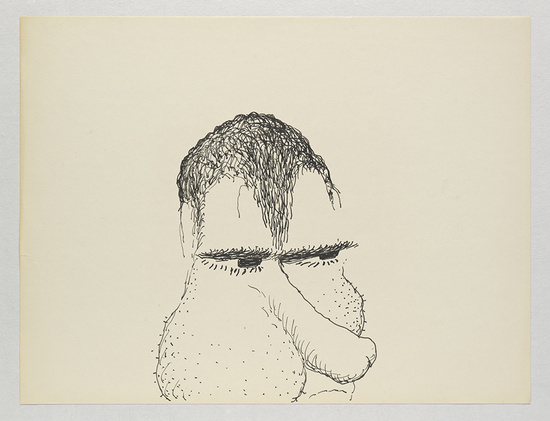
“When the 1960s came along I was feeling split, schizophrenic,” said Guston in an interview reproduced in our Abstract Expressionism book. “The war, what was happening in America, the brutality of the world. What kind of a man am I sitting at home, reading magazines, going into a frustrated fury about everything – and then going into my studio to adjust a red to a blue? I thought there must be some way I could do something about it.”
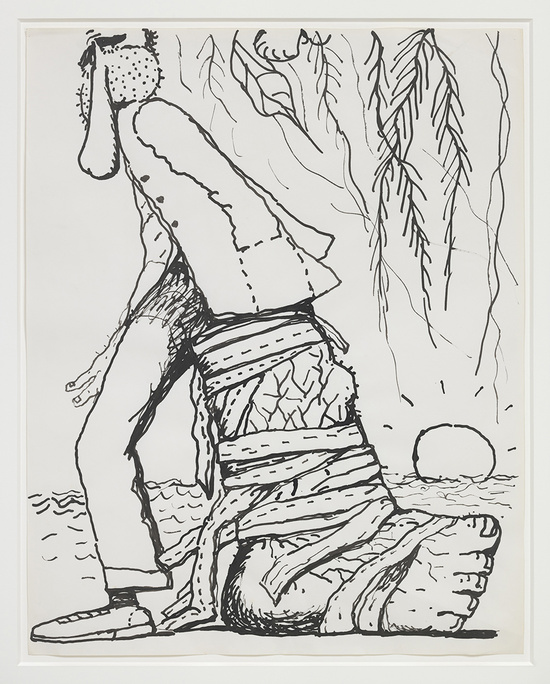
Guston’s switch back from abstract to figurative painting occurred shortly before Richard Nixon won the 1968 US Presidential Election. Now, a new London exhibition, opening at Hauser & Wirth exactly 44 years after the Watergate Hearings first aired on US TV, examines Guston’s preoccupation with the former US presidnet commonly known as Tricky Dicky.
The show, entitled Laughter in the Dark, Drawings from 1971 & 1975, focuses on a series of works entitled Poor Richard. Here’s how we describe the drawings in our book Abstract Expressionism.”Following the format of a comic strip, the images progress from one to the next. Unlike his figurative paintings, whose strength lies in their ambiguity of meaning, the Poor Richard Drawings offer overt socio-political commentary.”
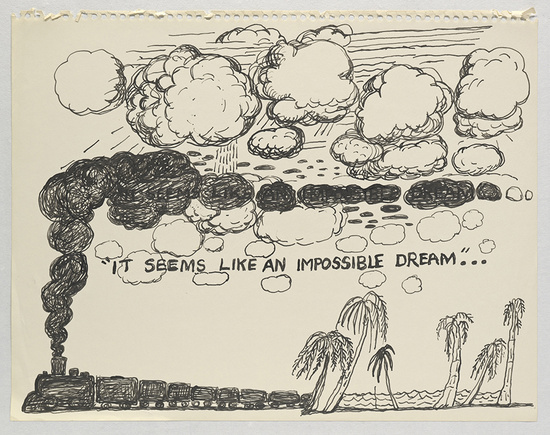
Guston originally planned to publish this lewd, profane series as a kind of comicbook, though ultimately decided they should remain private, and the works were not seen in full until after the artist’s death. Why the reticence? Well, not everyone delighted in Guston’s change of direction; many critics dismissed this once-admired Ab Exer’s goofy new style. Yet in the subsequent decades his position within figurative art has been re-evaluated, and now he is regarded as a one of the key figures in post-war US painting, linking Rothko and Pollock to Paul McCarthy and underground comic art, while continuing a popular, satirical convention.
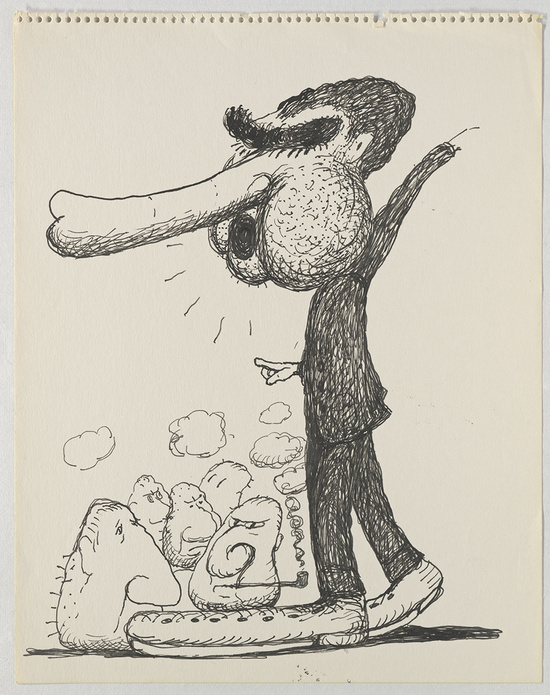
“The works in ‘Laughter in the Dark’ can be viewed within the distinguished tradition of political satire and social commentary by artists such as Hogarth, Daumier, Goya, and Picasso,” explains Hauser & Wirth, which first showed the pieces in New York earlier this year. “Seeking a language to resolve a pictorial crisis that was at once personally and politically engaged, Guston’s adaptation of the comic-strip style of caricature emerged at a pivotal crux in his artistic career.”
With Watergate comparisons dominating the US political pages this week, and not looking like they'll go away anytime soon, the series could also serve as a latter-day lesson in political engagement for today’s artists and politicians. To find out more about abstract expressionism and what came after get Painting Beyond Pollock; for more on today's painters, get Vitamin P3.